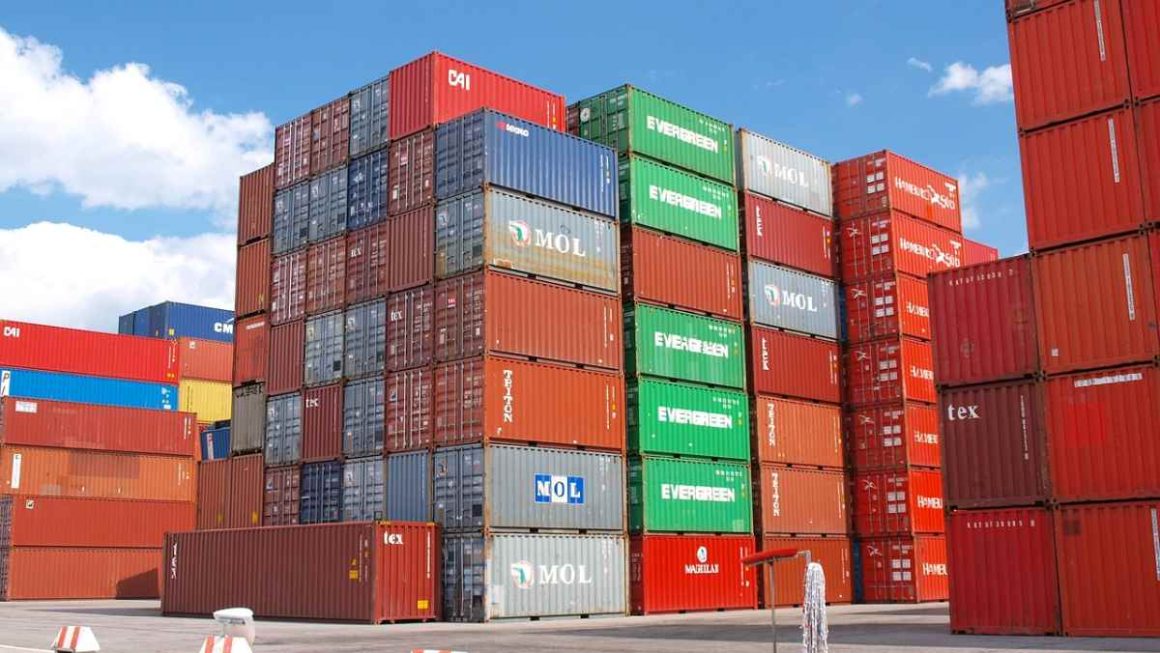In terms of logistics and transport, connected technology, IoT devices, and increasingly sophisticated communication networks allow improving production processes in each phase. In addition, it increases efficiency in the supply chain, reduces time and saves costs.
This technology enables industrial automation and digitization in a sector that can take much advantage of advances given the complexity of its operations. We will see how IoT benefits the transport and logistics sector.
Having sensors connected in the warehouse allows us to control the characteristics of the stored products, as well as a multitude of other parameters:
- Product information. It is possible to obtain certain data in real-time, such as the weight, dimensions, and units of the product.
- Improve energy control, since it is possible to integrate control sensors and consumption analysis, both in storage facilities and in fleets. Investing in this technology reduces fuel costs, on the one hand, and electricity in the warehouse, on the other.
- It allows error detection. Connected devices allow faults to be detected at any point in the supply chain, facilitating the traceability of the product from the moment it enters the facilities until it is delivered to the destination point. This improves the prevention of occupational risks and the loss or deterioration of the stock.
- Improve time management. It is possible to control the time spent on each task and the space available in the warehouse, improving productivity.
- Strict temperature control. For certain products, temperature — and sometimes also humidity — is a critical factor. Thanks to the IoT, it is possible to monitor the conditions of the products in real-time and predict whether these products may deteriorate, or if measures must be taken.
- Greater security. Thanks to the IoT it is possible to monitor and keep track of the different products, so that it is possible to prevent thefts – or, at least, detect them quickly and efficiently.
- Once the product leaves the warehouse, the shipment tracking becomes possible. At any time, it is possible to know where each package that travels in any of the vehicles in the fleet is located. It is a value-added service for the end customer, who can check where their order is at all times.
For fleets, there are also great benefits linked to this connected technology. For example, route planning is more dynamic today than ever, since, being permanently connected, the vehicles themselves can suggest alternative routes, detect incidents on the road, delays or any event that may affect the final delivery time.
The planning optimal routes taking into account the circumstances shorten transit time and save fuel. On the other hand, it is possible to optimize the number of vehicles running and control how many we have available at any given time, how many are stopped —in maintenance, for example— and for how long… and all that information is money, in the sense that it is They optimize costs and this results in the benefit of the company.
Also Read : Mechanizing Business Cycle Documents Is A Success & A Necessity For SMEs Of The Digital Age




